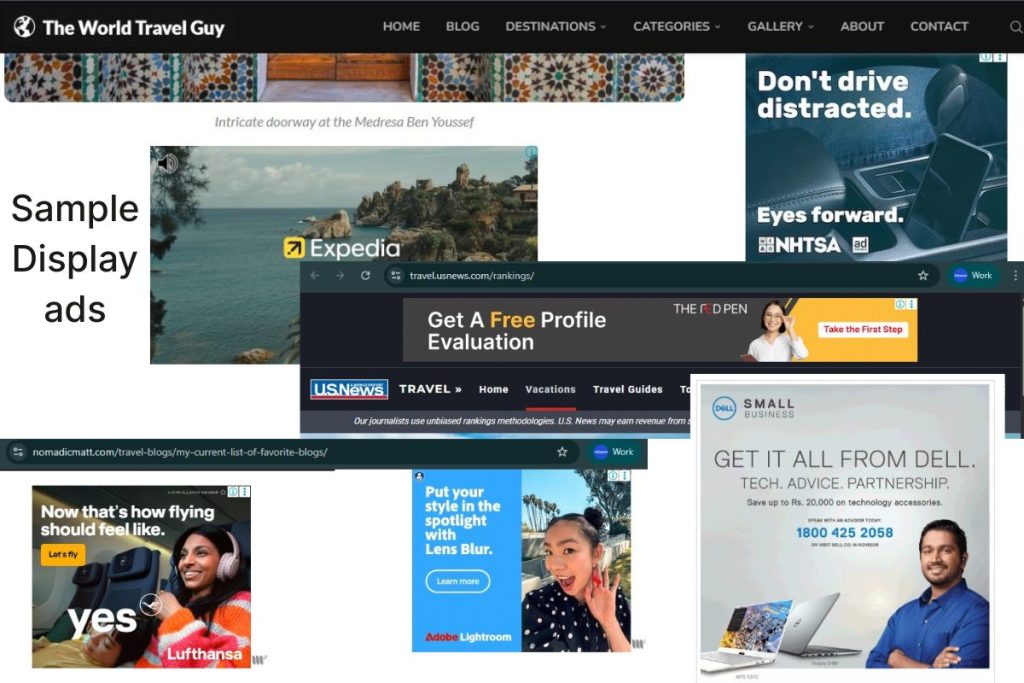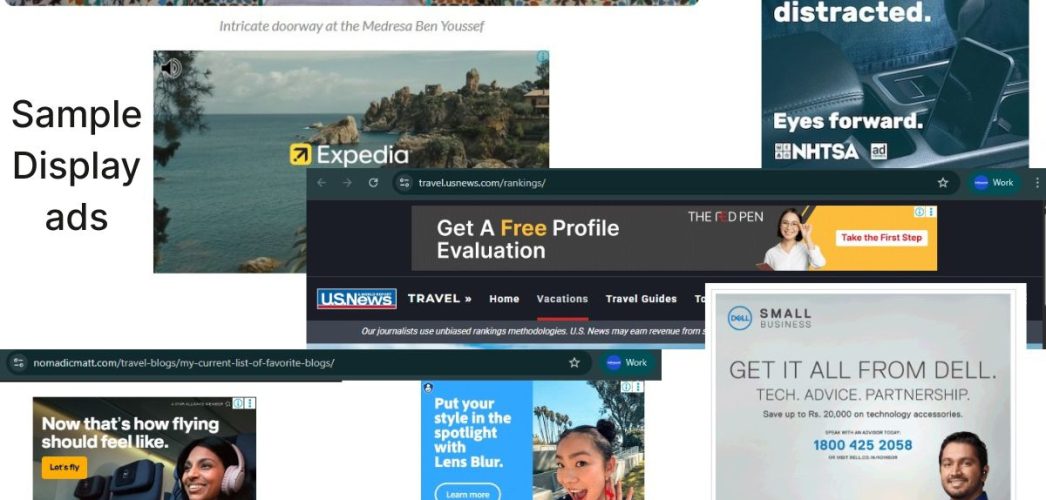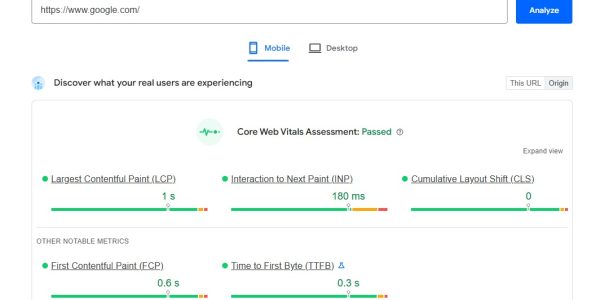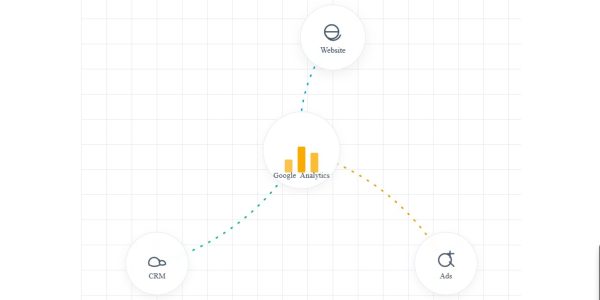Ever felt that mix of excitement and sheer terror when you first open the Google Ads dashboard? It’s like being a chef standing in a massive, state-of-the-art kitchen for the first time. You see all the incredible ingredients and high-tech tools, and you can almost taste the gourmet meal you’re about to create. But then, a wave of panic hits. Which pan do you use? What’s the difference between braising and broiling? If you pick the wrong tool, you don’t just end up with a mediocre dish—you waste expensive ingredients.
In the world of paid advertising, that’s the exact feeling many business owners and marketers face. The “ingredients” are your budget and creative assets, and the “cooking methods” are the various Google Ads campaign types. Choosing the wrong one doesn’t just lead to poor results; it can lead to a significant waste of your marketing budget.
But it doesn’t have to be this complicated.
This guide is your ultimate roadmap. We’ll demystify each of the core Google Ads campaign types, explaining in simple terms what they are, what they do best, and how to choose the perfect one for your specific business goals. By the end, you’ll be able to confidently select the right campaign type to drive leads, sales, and growth for your business.
What Are Google Ads Campaign Types, and Why Do They Matter?
Before we dive into the specifics, let’s establish a foundational concept. A campaign type is the most critical setting you’ll choose when creating a new campaign in Google Ads. It fundamentally determines two things:
- Where your ads can appear: Will they show up on Google Search results, on websites people are Browse, on YouTube, in their Gmail inbox, or on Google Maps?
- What format your ads will take: Will they be text-based, image-based banners, video ads, or product listings?
Think of your business goal as a destination. The campaign type is the vehicle you choose for the journey. You wouldn’t take a speedboat to cross a desert, and you wouldn’t use a campaign designed for brand awareness when your primary goal is to sell products directly from your e-commerce store.
Choosing the right campaign type is the first step to aligning your advertising strategy with your business objectives, ensuring every dollar you spend is working as hard as it can to deliver a return on investment (ROI).

The 8 Core Google Ads Campaign Types You Need to Know
Google has refined its offerings over the years, and today, there are eight core campaign types to understand. Let’s break them down one by one.
1. Search Campaigns: The Intent Powerhouse
- What It Is: Search campaigns are the most well-known form of Google Ads. These are the text ads that appear on the Google Search Results Page (SERP) when users type in a query.
- Best For: Capturing high-intent customers, lead generation, and sales. These users are actively searching for a solution, product, or service that you offer. It’s the digital equivalent of someone walking into your store and asking for help.
- Where Ads Appear: Google search results, Google Shopping tab (for text ads), and Google search partners.
- Use This When: Your primary goal is to generate immediate leads or sales from people who already know they have a problem. It’s the cornerstone of most performance-focused advertising strategies.
2. Display Campaigns: Building Brand Awareness
- What It Is: Display campaigns use visually appealing banner ads (images, GIFs, rich media) to reach users across the web. Instead of targeting keywords, you primarily target audiences based on their interests, demographics, or past Browse behavior (remarketing).
- Best For: Brand awareness, reach, and remarketing. You’re not capturing existing demand; you’re creating it by putting your brand in front of potential customers while they browse their favorite blogs, news sites, and apps.
- Where Ads Appear: The Google Display Network (GDN), a collection of over 2 million websites, videos, and apps.
- Use This When: You want to introduce your brand to a broad audience or re-engage with past website visitors to keep your brand top-of-mind.

3. Video Campaigns: Engaging Storytelling
- What It Is: Video campaigns allow you to run video ads, primarily on YouTube, but also across the GDN. These can be skippable in-stream ads that play before a video, non-skippable ads, or shorter bumper ads.
- Best For: Telling your brand story, product demonstrations, building brand engagement, and driving massive reach at a relatively low cost-per-view.
- Where Ads Appear: YouTube and Google video partners.
- Use This When: You have compelling video content and want to connect with your audience on a more emotional level. It’s a fantastic tool for top-of-funnel marketing. For more details on strategy, check out our guide on creating a winning YouTube ad strategy
4. Shopping Campaigns: For E-commerce Domination
- What It Is: If you run an e-commerce business, Shopping campaigns are non-negotiable. These are the product-centric ads that appear at the top of Google search results, featuring an image, title, price, and store name.
- Best For: Driving online sales for e-commerce stores. They are highly visual and provide key purchasing information upfront, leading to higher-quality clicks.
- Where Ads Appear: Google Shopping tab, Google search results (separate from text ads), and Google search partner websites.
- Use This When: You have a physical product catalog and want to drive sales directly on your website. Success here relies heavily on a well-optimized Google Merchant Center Product Feed.

5. App Campaigns: Driving Installs and Actions
- What It Is: As the name suggests, App campaigns are designed specifically to promote mobile applications. You provide some text, a starting bid, and your app assets, and Google’s AI automates the ad creation and targeting to find you new users.
- Best For: Increasing app installs and driving in-app actions (like making a purchase or reaching a new level).
- Where Ads Appear: Across all of Google’s largest properties, including Google Search, Google Play, YouTube, and the Google Display Network.
- Use This When: Your core business is a mobile app and your primary KPI is user acquisition or engagement within the app.
6. Smart Campaigns: Simplified & Automated
- What It Is: Smart campaigns are Google’s simplified, heavily automated solution designed for small businesses and advertisers who are new to the platform. You provide basic business information, and Google’s machine learning handles the ad creation, targeting, and bidding.
- Best For: Local businesses or those with limited time and expertise who want a “hands-off” advertising solution.
- Where Ads Appear: Across Google Search, Maps, and Display.
- Use This When: You need a simple, low-maintenance way to start advertising. Be aware: The trade-off for simplicity is a lack of control and detailed reporting that more advanced campaign types offer.
7. Performance Max (PMax): The All-in-One Automaton
- What It Is: Performance Max is the newest and most advanced of the Google Ads campaign types. It’s a goal-based campaign that allows advertisers to access all of Google’s inventory (Search, Display, YouTube, Discover, Gmail, Maps) from a single campaign. You provide the creative assets and conversion goals, and Google’s AI automates everything else to maximize performance.
- Best For: Advertisers with clear conversion goals (like sales or leads) who want to find converting customers across all of Google’s channels.
- Where Ads Appear: Everywhere!
- Use This When: You have robust conversion tracking set up and are comfortable entrusting Google’s automation to find you the best results. Navigating PMax can be tricky, which is why many businesses partner with experts like Infineural Technologies to ensure their asset groups and conversion goals are structured for maximum success from day one. To learn more, see our Deep Dive into Performance Max campaigns
8. Discovery Campaigns: Visually Rich Reach in Feeds
- What It Is: Discovery campaigns are designed to reach people when they are open to discovering new products and services. They use visually rich, swipeable image carousels that appear natively within Google’s feeds.
- Best For: Driving consideration and action from new customers. It’s a middle-ground between the proactive targeting of Display and the passive intent of Search.
- Where Ads Appear: YouTube home and “Watch Next” feeds, the Google Discover feed, and Gmail’s Promotions and Social tabs.
- Use This When: You have high-quality creative and want to reach a large, relevant audience in a visually compelling way without using video.
How to Choose the Right Google Ads Campaign Type for Your Business
Feeling a little clearer now? To simplify it even further, let’s match the campaign types directly to your primary business objective.
- If your main goal is to generate leads and sales from active searchers:
- Your best bet: Search Campaigns. They are the undisputed king of capturing high-quality, bottom-of-the-funnel intent.
- If your main goal is to sell products from your e-commerce store:
- Your best bet: Shopping Campaigns and Performance Max Campaigns. Shopping is essential for product visibility, and PMax can supercharge your reach across all channels.
- If your main goal is to build brand awareness and reach a broad audience:
- Your best bet: Display Campaigns and Video Campaigns. They are cost-effective tools for putting your brand in front of millions of potential customers.
- If your main goal is to get more installs for your mobile app:
- Your best bet: App Campaigns. They are specifically built and optimized for this single purpose.
- If you are a small business owner looking for a simple, automated solution:
- Your best bet: Smart Campaigns. Just be mindful of the limitations on control and data.
Beyond the Basics: Combining Campaign Types for Full-Funnel Success
The most sophisticated advertisers don’t just pick one campaign type; they use them together to create a full-funnel marketing machine.
Imagine this strategy:
- Top of Funnel (Awareness): You run a Video Campaign to introduce your brand to a wide audience of potential customers on YouTube.
- Middle of Funnel (Consideration): You use a Display Remarketing Campaign to show banner ads to people who watched your video, keeping your brand top-of-mind as they browse the web.
- Bottom of Funnel (Conversion): When those now-aware users finally search for a solution on Google, your Search Campaign is there with a compelling text ad, ready to capture the lead or sale.
This holistic approach guides customers from initial discovery to final purchase, maximizing your impact at every stage.
Feeling Overwhelmed? Infineural Technologies Can Help You Navigate
Understanding the different Google Ads campaign types is the first step, but executing a profitable strategy is another challenge altogether. From setting up flawless conversion tracking to optimizing bids and crafting compelling ad copy, there are dozens of variables that determine success or failure.
That’s where we come in.
At Infineural Technologies, we don’t just run ads; we build profit-driven advertising engines that are custom-built for your unique business goals. We take the guesswork out of choosing the right campaign types, structuring your account for success, and continuously optimizing for maximum ROI. Our team of certified experts lives and breathes Google Ads, so you can focus on what you do best: running your business.
Stop wasting money on the wrong strategies. It’s time to build a Google Ads plan that delivers predictable, scalable growth.
Ready to unlock your business’s true potential with Google Ads? Contact the experts at Infineural Technologies today for a free, no-obligation consultation.


